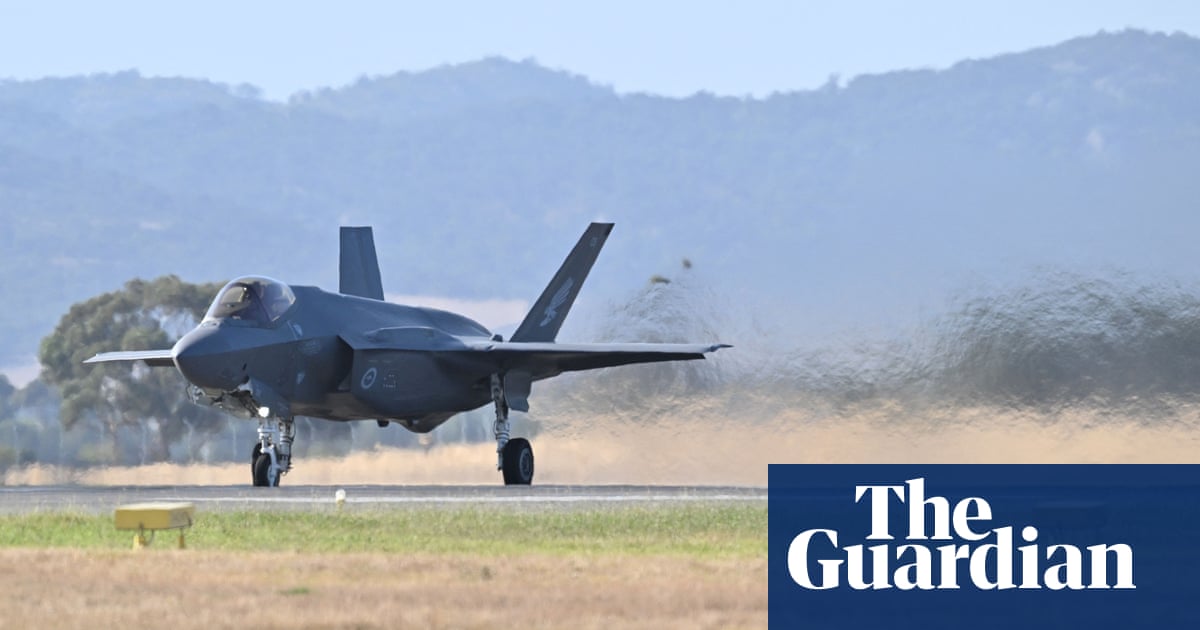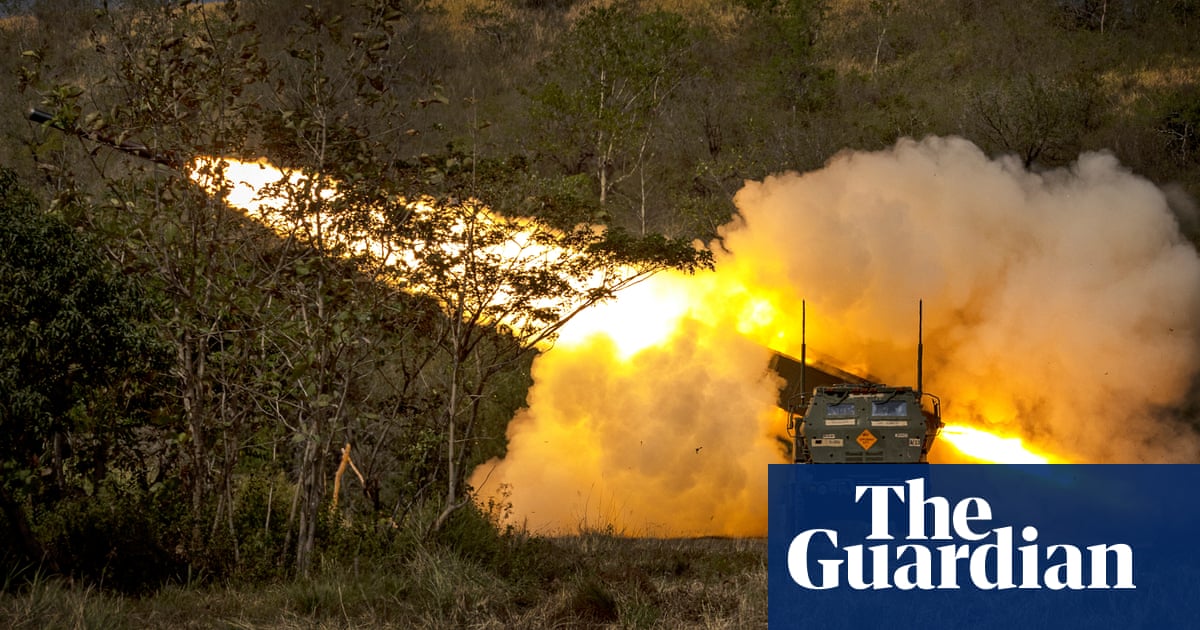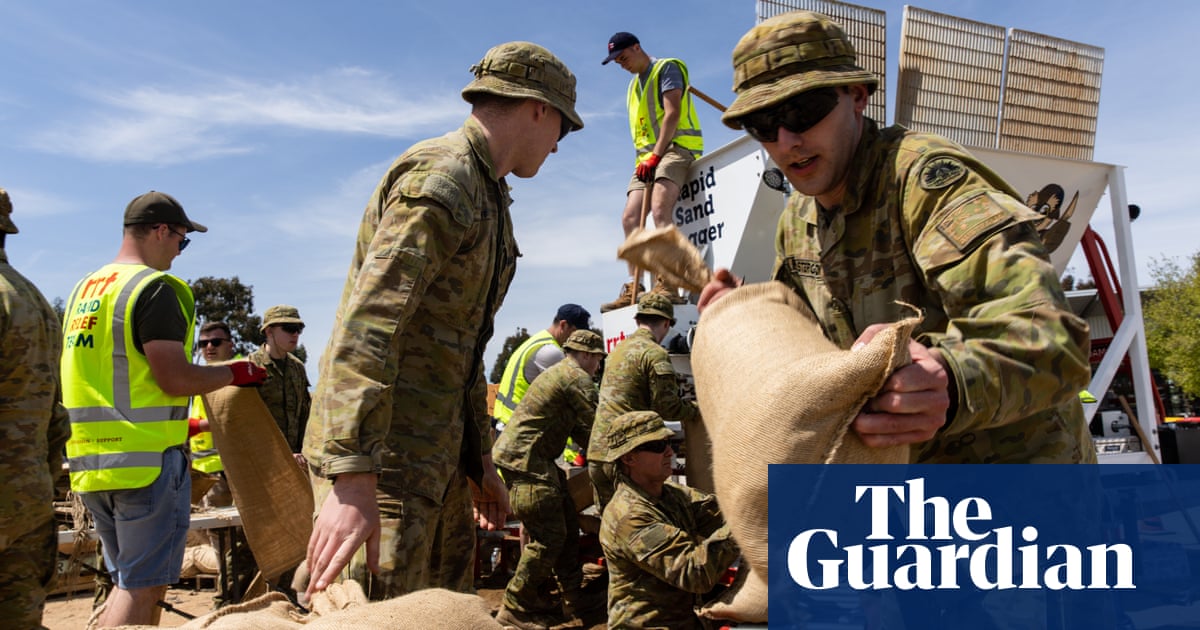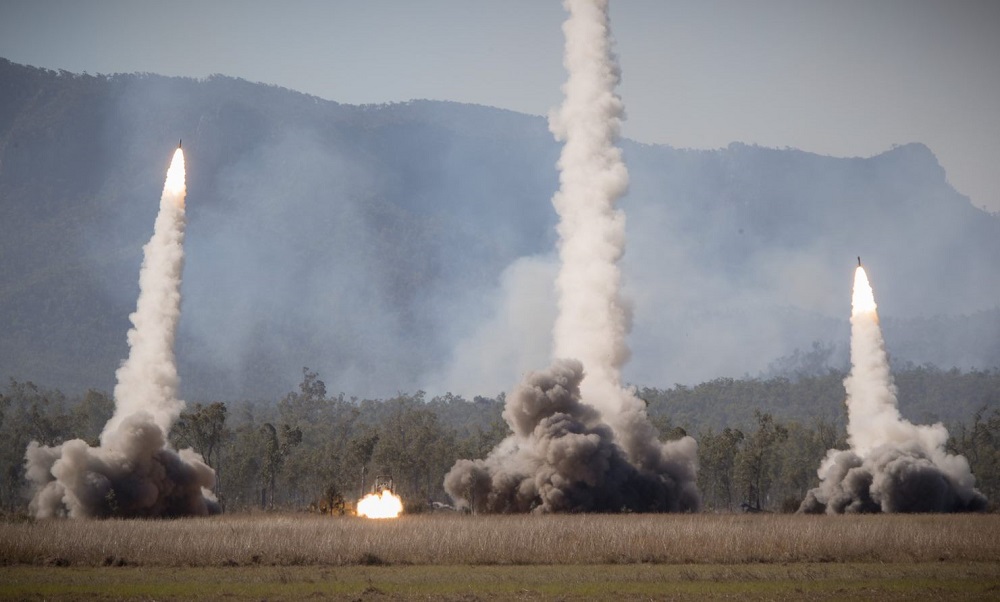
by Sophia Brook
Pivots and Shake-Ups – The Australian Defence Strategic Review
#5/23
28 April 2023
On Monday, Prime Minister Anthony Albanese and Defence Minister Richard Marles delivered the Defence Strategic Review (DSR) Announcement, releasing the public parts of the DSR, the government’s DSR response and the National Defence Statement 2023.
The Albanese Government commissioned the DSR in its first 100 days in office, with the aim to ‘assess whether Australia had the necessary defence capability, posture and preparedness to best defend Australia and its interests in the strategic environment we now face’. Hailed as the ‘most ambitious review of Defence posture and structure since WWII’, its results are expected to have a significant impact on Australia’s strategic policy and Defence resourcing and planning over the next years.
The result in a nutshell: The Australian Defence Force’s (ADF) ‘current force structure is not fit for [the] current strategic circumstances’ and urgently has to change. ‘Intense China-US competition is the defining feature’ of the region and additional existential threats like climate change will only increase the challenges facing Australia and Defence in coming years.
The report starts by setting out the current strategic circumstances and defence environment on the basis of which recommendations are being made. Building on the 2020 Defence Strategic Update, the DSR makes the point that the preparation time for any potential conflict is reducing, meaning that defence planning can no longer allow itself a ten-year window for the implementation of capability-building projects. Instead, the DSR identifies three specific planning periods for Defence: 2023-2025, 2026-2030 and the period 2031 onwards. The ADF would also have to shift from the current threefold ‘balanced force’ focus, i.e. defending the continent, regional engagement, and contributions as a ‘good global citizen’, to a ‘focused force’ approach, including five main tasks: the defence of the nation, deterrence through denial, protection of economic connections, cooperating with regional partners and supporting the rules-based global order.
The review further states that ‘the risks of military escalation or miscalculation are rising’ and that the current circumstances require a whole-of-nation effort rather than narrowly defined defence targets. Australia’s traditional notion of the ‘Defence of Australia’ concept, therefore, needs to be replaced by a ‘new strategic conceptual approach of National Defence’, which requires ‘much more active Australian statecraft’ in order to help maintain a regional balance of power. This includes the continued centrality of Australia’s alliance with the United States as well as investing in regional architecture and Indo-Pacific regional partnerships and expanding relationships and practical cooperation with key powers such as Japan and India.
In their DSR announcement, Albanese and Marles highlighted that the government had identified six key priorities for immediate action based on the review’s recommendations:
- The acquisition of nuclear-powered submarines through AUKUS to improve deterrence capabilities;
- Developing the ADF’s ability to precisely strike targets at longer-range and manufacture munitions in Australia;
- Improving the ADF’s ability to operate from Australia’s northern bases;
- Initiatives to improve the growth and retention of a highly skilled Defence workforce;
- Lifting capacity to rapidly translate disruptive new technologies into ADF capability, in close partnership with Australian industry; and
- Deepening of diplomatic and defence partnerships with key partners in the Indo-Pacific
In relation to these priorities, the government has stressed that they would make ‘the hard decisions necessary to cancel or reprioritise Defence projects or activities that are no longer suited to our strategic circumstances’.
In practice this means the continued implementation of the AUKUS submarine deal, cuts to Army’s land projects, i.e. a reduction in armoured vehicles and cancellation of a second regiment of self-propelled howitzer guns in favour of long-range missiles and new landing craft, more investment in the Northern bases in Queensland, Western Australia and the Northern Territory, increased incentives for recruitment and the retention of skilled workforce, investment into manufacturing and companies with ‘disruptive’ technologies, and enhanced cooperation with partners in the region, including more resources for DFAT. All of which will involve a significant financial commitment.
The Albanese government this week has already pledged $19 billion for the implementation of the review’s recommendations, $3.8 of which have been allocated to northern Australia’s defence infrastructure. As the review urges the government to commit more money to Defence, while the government says it will keep the budget broadly unchanged, we can expect more cancellation of projects the government identifies as redundant. Which projects will be cut will be determined by two further reviews, conducted over the next twelve months.
The DSR also addresses another question that has been much discussed of late, namely the role of the military in the context of natural disasters. The verdict: state and local governments need to stop relying on the military and develop independent solutions and capabilities to ‘deal with all but the most extreme domestic disasters’. ‘Defence must be the force of last resort of domestic aid to the civil community. This is critical, given the urgent geostrategic risks that the nation faces, and the need for the ADF to be in a position to respond to regional contingencies.’. Prime Minister Albanese conceded that the broader issues related to climate impact would have to be considered and that ‘as a government and as a nation’ there was a need to ‘work out an appropriate response’. Shadow Minister for Defence Andrew Hastie agreed that alternatives had to be explored, as ‘the primary mission of the ADF is to win wars.’ But Hastie also criticised the government’s DSR announcement, stating that the timing of the announcement a day before ANZAC Day was intended as a ‘smokescreen to hide the truth about […] delays to strategic direction, the deferral of spending, and the cannibalising of [the army’s] capability’.
He was not the only critic. Hugh White, co-author of the 2000 Defence White Paper, noted that the announced structural changes were ‘extremely modest’ and any commitment of ‘funding beyond the four-year forward estimate period meaningless’. Peter Jennings, Director of Strategic Analysis Australia, criticised that there appears to be ‘no coherent plan for what the army should be doing’. Others remarked that, in contrast to the US and Japanese defence strategies, the Australian DSR ‘makes very little mention of more specific threats posed by China’, denying ‘a full understanding of the strategic factors driving the need for the fundamental changes described in the report’. Regarding this latter point, it is safe to assume that the confidential version of the DSR holds a more elaborate section on China, but the public version does note that China’s military ‘build-up is occurring without transparency or reassurance to the Indo-Pacific region of China’s strategic intent’ and that its ‘assertion of sovereignty over the South China Sea threatens the global rules-based order in the Indo-Pacific in a way that adversely impacts Australia’s national interests’. This has not gone unnoticed, with Beijing accusing the DSR of ‘hyping up concerns about Xi Jinping’s regime’.
Regardless of the criticisms, the fact remains that the DSR findings will lead to a significant re-evaluation of Defence structure and planning. With a number of recent cancellations of Defence projects, it will be interesting to see what concrete changes and budget-re-shuffling measures the next months will bring.
























